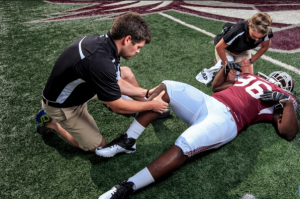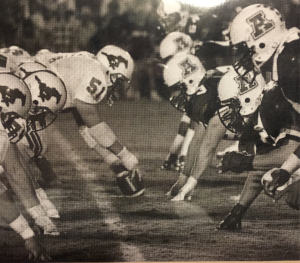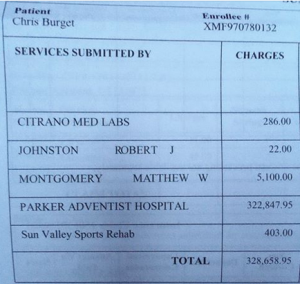 This year, 2015-2016 student athletes will be covered for up to four years for medical insurance, due to injuries received playing their sport after they leave school.
This year, 2015-2016 student athletes will be covered for up to four years for medical insurance, due to injuries received playing their sport after they leave school.
The NCAA Division I board of directors recently voted 16-2 to allow schools in the top five conferences to write many of their own rules. The autonomy measures, which the power conferences had all but demanded, will permit those leagues to decide on things such as cost-of-attendance stipends and insurance benefits for players, staff sizes, recruiting rules and mandatory hours spent on individual sports.
The National Collegiate Athletic Association (NCAA) is a non-profit association which the regulates athletes of 1,821 institutions, conferences, organizations, and individuals. It also helps more than 450,000 college student-athletes who compete annually in college sports by organizing the athletic programs of many colleges and universities in the United States and Canada. In other words the NCAA is a vast organization in size, and even more vast in revenue when one considers the one billion dollar plus ad revenue generated annually.
Big schools with team sports like football and basketball add significant revenue for most universities and the colleges are built on the shoulders of student athletes. Schools like Ohio State and Michigan are known as billion dollar brands.
It’s great to see the PAC-12 lead the way with the following changes:
- Athletic scholarships will be guaranteed for four years for student-athletes in all sports.
- Student-athletes who leave school before graduating will be able to use the remainder of their educational expenses later to earn their degrees.
- Medical expenses for student-athletes who are injured during their college athletic careers will be covered for up to four years after a student-athlete leaves the institution.
- Student-athletes who transfer between PAC-12 institutions will be able to receive athletic scholarships immediately.
- Student-athletes will be represented in the conference governance structure.
While I believe strongly that these changes are a positive first step, I would further suggest that at the end of the four year period, a student-athlete who had suffered an injury, maintain the right for additional medical review. My suggestion is rooted in the reality that some injuries may heal fully within a four year time frame, while others may be catastrophic, resulting in a lifetime of complications.
For example, from my personal history, while playing as a freshman lineman for the University of Arizona, I suffered a career ending knee injury. Not only did I lose the highly probable income from a professional football career, my life later became a series of serious knee complications which has resulted in me enduring seventeen total knee surgeries including seven knee replacement surgeries on the same knee. Over the last thirty years that is a surgery every two years with staggering medical bills.
My life as an athlete and outdoor sportsman had been forever altered in one moment, not for a period of four years, but for the entirety of my future. Having the opportunity to either clear or acknowledge the possibility of further complications due to a student-athlete injury at periodic intervals, such as every four years, would provide a fair and balanced approach similar to the same protection provided to employees in worker compensation cases.

Playing defensive tackle in 1985 for the University of Arizona. SMU came to Tucson ranked #3 in the nation. Final score Arizona 28 – SMU 6
Athletes today are simply bigger, faster, and stronger and endure impact and collisions of increasing magnitude. These individuals need to know that when they compete on the football fields and basketball courts all over the country as brand ambassadors for their institution, that in the event of a lifelong or catastrophic injury, that their alma mater’s loyalty is as deep as the passion, courage and determination that these athletes bring to each and every play of their collegiate career.
Congrats to the PAC 12 for standing up and being a leader when it comes to looking after their athletes. Let’s hope that in the future, a systematic, periodic review system will be implemented to provide the long-term protection so deserved.
CoachChris99


Leave A Comment